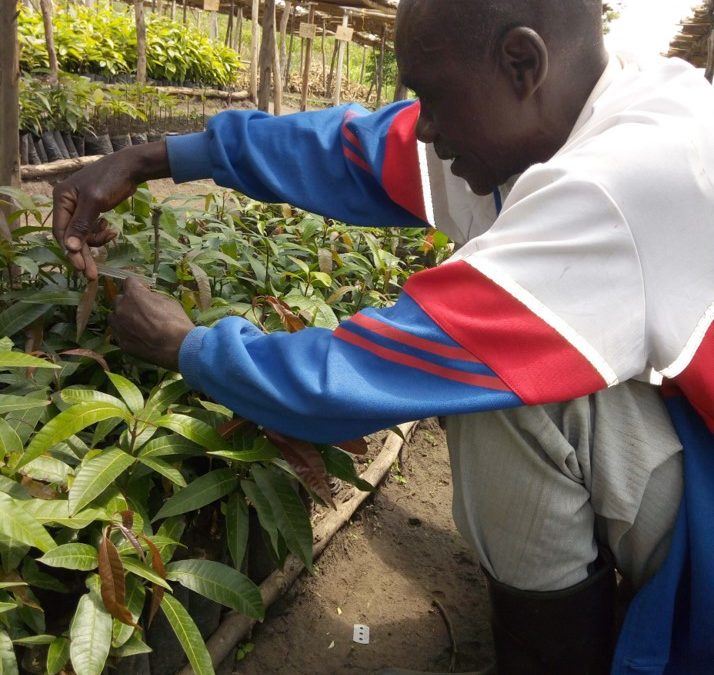By May Muthuri and Alex Mugayi
Regreening Africa has set an ambitious target to restore ecosystems in Bugesera, Kayonza, Gatsibo and Nyagatare districts in Rwanda, and in return improve the resilience of smallholder farmers therein. So, what is unique about this project? Simply put, it is the selection of suitable practices to restore land, enabled by transformative partnerships between farmers, local governments and extension agents, and research and development organizations.
You see, unlike many other projects, World Vision Rwanda (an international development organization) is partnering with World Agroforestry/ICRAF (an international research-in-development organization), to test community-led ways of restoring land and then expanding the successful ones more widely.
This has entailed selecting solutions for land restoration with the wearer of the shoes at the core, in this case, farmers. A ‘one size fits all’ approach, which has characterised many past projects aimed at helping farmers and the environment, has proved ineffective. Instead, understanding what works where, for whom, for what purpose and with the flexibility to quickly adapt, is Regreening Africa’s priority when introducing various ways of restoring degraded land.
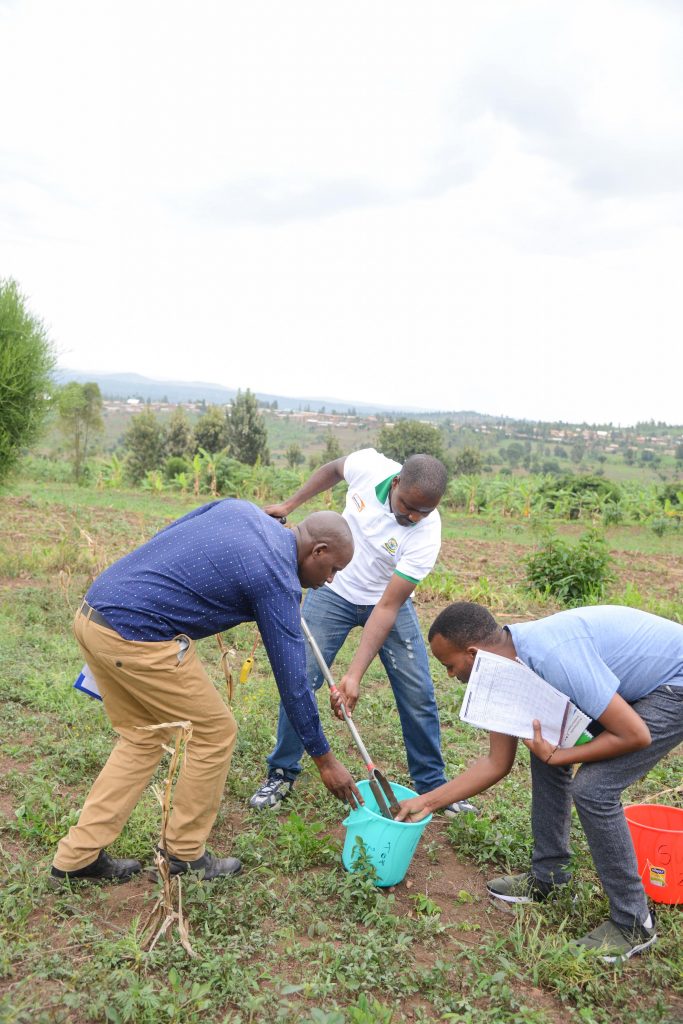
Project Staff from World Vision Rwanda takign soil samples analysis of soil organic carbon and other land degradation indicators
For instance, high-value fruit trees and other multi-purpose trees and shrubs that increase soil fertility have been integrated in crop and pasture lands. Suitable restoration practices — including tree planting, farmer-managed natural regeneration and community tree nurseries — embraced by farmers are in return increasing food security and prosperity.
“Three years ago, I received training from World Vision on tree nursery establishment and management,” said Murekatete Patricia, a farmer in Nyagatare District. “Thanks to the quality of tree seedlings provided, which included early maturing fruit trees, my life has gradually improved. Money that was hard to come by is no longer the case, as school fees for my children is always paid on time. I can even afford to pay labourers to cultivate my farm.”
Tree species were selected to suit agro-ecological conditions and farmers’ needs along with assessments of the health of the soils through the Land Degradation Surveillance Framework, while vegetation was monitored through ground surveys and satellite imaging.
Furthermore, a mobile-based Android application developed by the project transmits real-time data on how farmers are managing and protecting trees on their farms to ensure continuous technical support and long-term monitoring of the restoration activities.
Now halfway through its five-year schedule, the project is on course to meet its objective of increasing tree density and diversity in farmers’ fields and surrounding environments.
So far, 4,086,231 tree seedlings have been planted by farmers! 2,794,796 of these include agroforestry species: Calliandra calothyrsus (kariyandara), Grevillea robusta (giriveriya), Sena Spectabilis, Senna siamea (kasiya), Maesopsis eminii (umuhumuro), Spathodea campanulata (sipatodeya), Markhamia lutea (umusave) Gliricidia sepium (giririsidiya) Carca papayer (ipapayi), tree tomato (ibinyomoro), jackfruit (igifenensi) to mention but a few. The remaining 1,291,435 grafted mango and avocado seedlings are in the custody of smallholders, schools, churches and government administrative entities to improve income and nutrition.
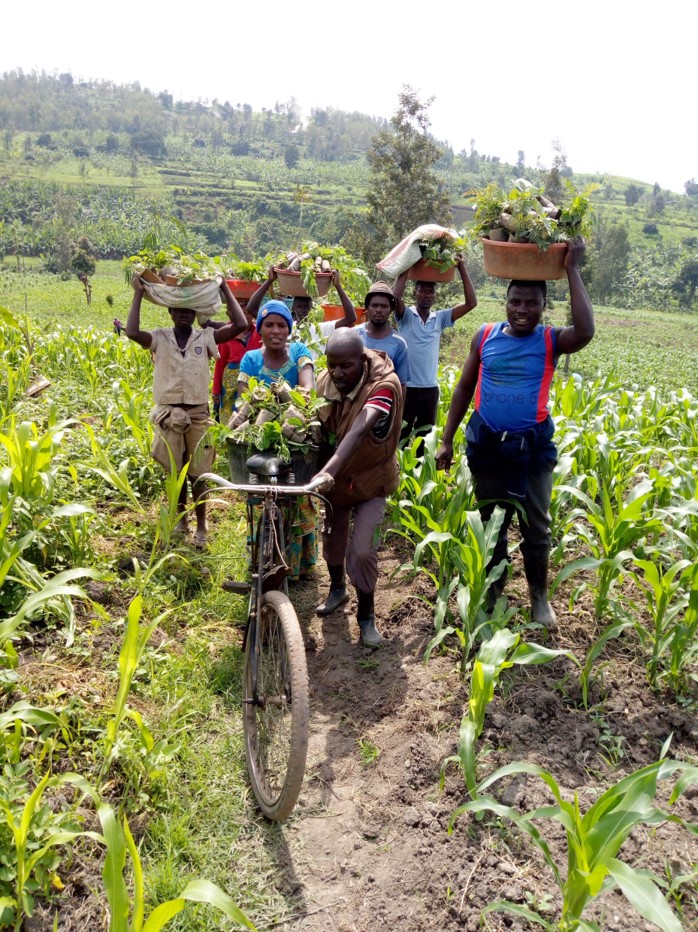
Seedling distribution and transportation during a tree planting season. Photo Jeremie Harerimana
This is no mean feat and thanks to changes in attitudes and behaviours cultivated over time, men and women alike, attest to benefits enjoyed and look forward to bountiful years.
“I never thought that tree planting would yield such huge returns,” said Bugenimana Damien, a farmer in Kayonza District. “Apart from land restoration, I am now convinced that agroforestry trees and fruit trees are a source of food and money. I am investing most of my efforts in expanding tree tomato farming.”
Simple as it may sound, these efforts are beyond snapping fingers in the comfort of offices or at summits and seminars. They require hard work by the partners in the project, especially the farmers, but also the development and research associates.
The Government of Rwanda’s support and commitment have been crucial in forming policies. Rwanda is among leading countries that have enacted an agroforestry policy and the project is supporting the establishment of an intersectoral governing body for mainstreaming policy recommendations in agriculture, environment and climate change.
The Government’s commitment to realize the Sustainable Development Goals (SDGs), Nationally Determined Contribution (NDCs), and Bonn Challenge and Land Degradation Neutrality targets, among others, has seen restoration mainstreamed in several national programmes. This is creating an enabling policy environment to support the expansion of scale of the project’s successful practices by bringing together people from high-end offices and those at farm level. By equipping farmer groups, government extension agents and others with the knowledge, skills and tools to support restoration, the project is catalysing movement from the bottom up and from the top down.
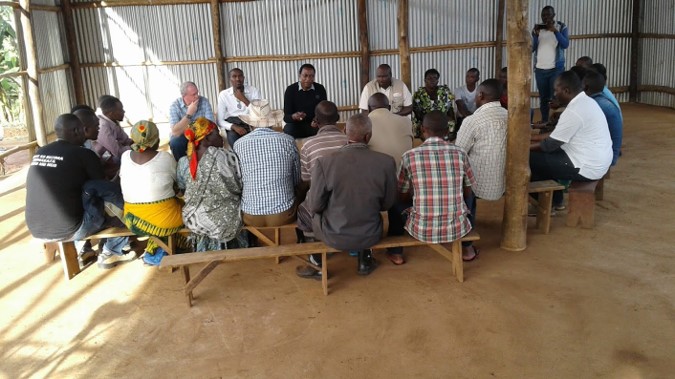
NOCC meeting with a farmer cooperative in Nyagatare district. Photo Jeremie Harerimana
Unfortunately, the dawn of March 2020 was engulfed with uncertainty as COVID-19 set in. Some activities were halted and that forced the team to go back to the drawing board and re-plan. Fortunately, the situation is now largely under control and, while following safety regulations advised by the government, many activities have resumed.
Three innovation centres, also known as rural resource centres, were recently set-up on land provided by the district authorities. The project team continues to support 65 community nurseries to improve farmers’ access to quality germplasm, seedlings and planting materials.
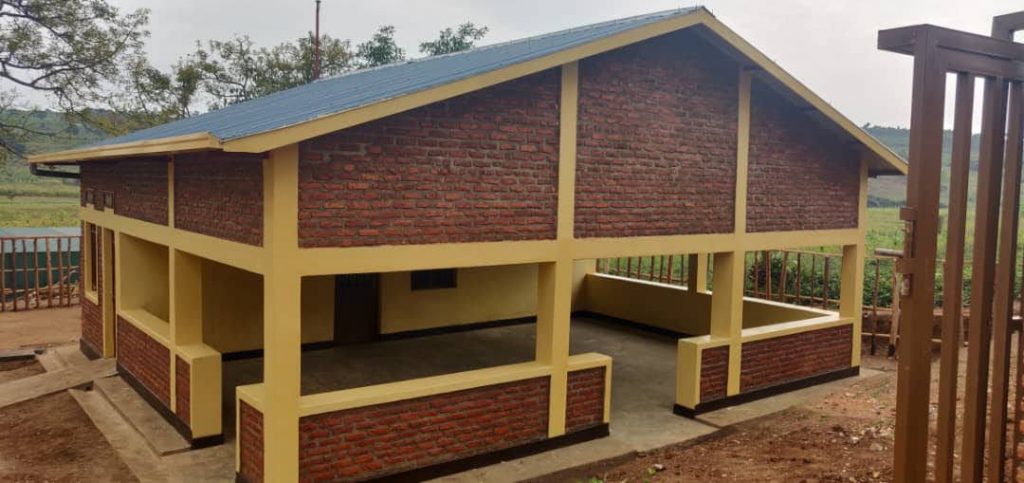
A newly established Rural Resource Centre in Kayonza District in Rwanda.
Training in establishment and management of nurseries is accessible because the rural resource centres serve as hubs for incubating and transferring knowledge to farmers’ groups and other local partners. Job opportunities also await qualified nursery operators.
Training in seedling production, tree nurseries, grafting, pasture management and use of the Regreening Africa App advance awareness of land restoration and ways of monitoring the same.
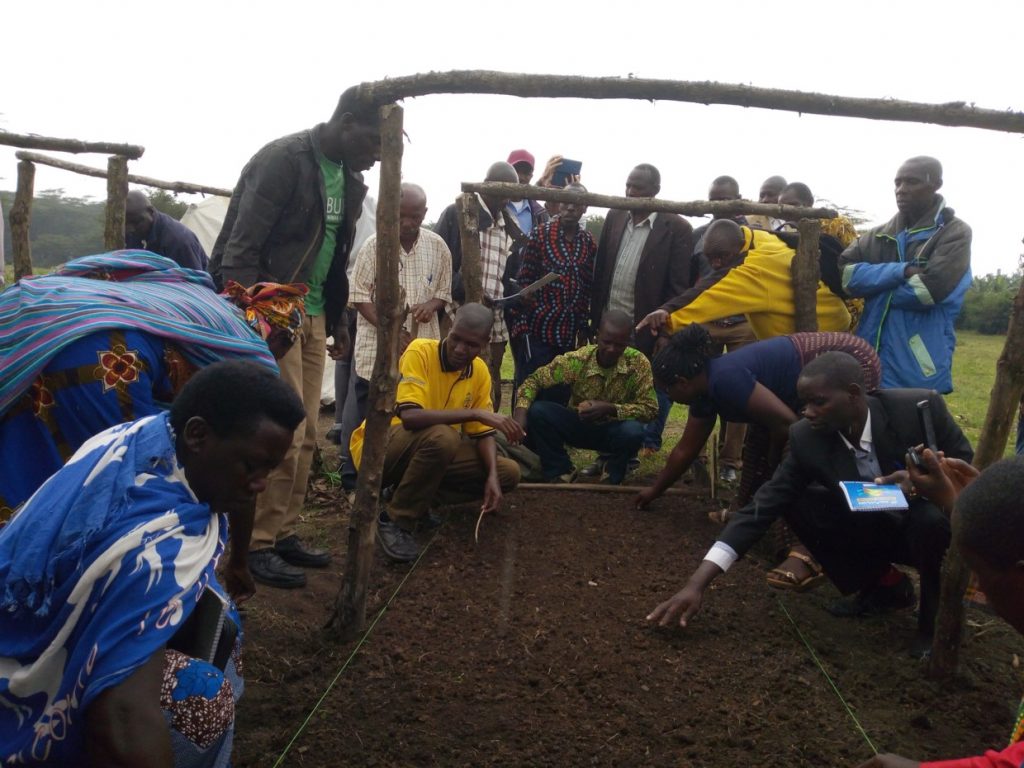
Lead farmers learning how to establish a nursery. Photo Jeremie Harerimana
One of the key lessons we are learning from the pandemic is that the project’s efforts to scale up land restoration beyond farm level is a step in the right direction. As we adjust to this new normal, it is evident this is also an opportunity to build back better by making nature part of the solution. People from all walks of life can regenerate and grow more trees — particularly indigenous and fruit species — invest in conservation of soil and water and protect biodiversity.
In this way, we restore damaged ecosystems and enhance our resilience to climate change and future pandemics. In return, soils are nourished, we enjoy an increase in safe food for consumption, beautiful voices from birds and other species, and money in our pockets.
The project is working with a wide range of partners and stakeholders, including the European Union Delegation to Rwanda, Ministry of Environment, Rwanda Forestry Authority, Ministry of Local Government, Ministry of Agriculture and Animal Resources, Rwanda Agriculture Board, district governments, farmers’ cooperatives and groups, faith-based organisations and schools. World Vision and ICRAF strive to integrate other restoration initiatives by these partners to increase the use of trees within farming systems in local communities. This way, all efforts converge to help attain the Government’s restoration targets in relation to the Bonn Challenge and AFR100.
About Regreening Africa
Regreening Africa is an ambitious five-year project funded by the European Union that seeks to reverse land degradation among 500,000 households, and across 1 million hectares in eight countries in Sub-Saharan Africa. By incorporating trees into croplands, communal lands and pastoral areas, regreening efforts make it possible to reclaim Africa’s degraded landscapes.
This story was produced with the financial support of the European Union. Its contents are the sole responsibility of Regreening Africa and do not necessarily reflect the views of the European Union.

